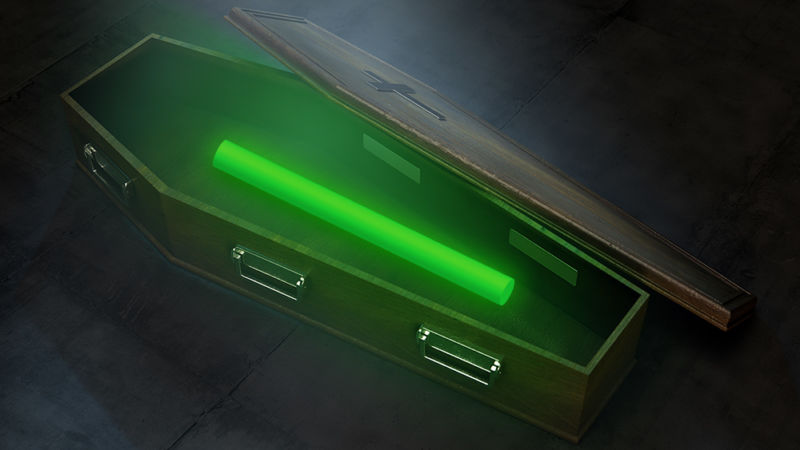
An Arizona crematorium became polluted with a plume of radiation after operators inadvertently incinerated the remains of a cancer patient who had undergone a radioactive treatment just days before his unexpected death.
The Phoenix-based Mayo Clinic doctors who reported the contamination were further alarmed when they found that the crematorium’s operator also had trace amounts of radioactive material in his urine—but from a different isotope than the one found in the recently cremated cancer patient. The doctors published their findings Tuesday in a JAMA research letter.
While the levels of radiation they detected in the crematorium and its operator were unlikely to cause harm, the doctors say the issue needs more attention. They conclude:
Further studies are needed to evaluate the frequency and scope of radiation contamination and health effects of repeated or long-term exposure of employees in crematoriums in the United States, especially as the cremation rate was greater than 50 percent in 2017.
They also note that there are no federal regulations regarding radioactive material in crematoriums, and the regulations that do exist vary by state. Arizona, for instance, currently has no rules requiring doctors to inform crematoriums about the presence of radiopharmaceuticals in recently deceased patients. Florida, on the other hand, prohibits crematoriums from burning radioactive waste unless they obtain a license from the government.
The issue came to the attention of the Arizona doctors after a 69-year-old man battling a pancreatic tumor unexpectedly died just days after receiving a nuclear medicine treatment. Doctors treated the man with 193.6 mCi of intravenous lutetium Lu 177 dotatate, which has a half-life of around 6.65 days. The day after the treatment, the man presented at a different hospital for low blood pressure. He unexpectedly died two days later from an underlying disease and was then cremated, five days after his radioactive treatment.
The doctors who treated the man with the radiopharmaceutical weren’t immediately informed that he had died. When they found out, they notified the crematorium, which then investigated possible contamination. But at that point, it had been a whole month since the cancer patient received his radioactive therapy.
Investigators found lutetium Lu 177 contamination on the crematorium’s equipment, including the oven, bone crusher, and vacuum filter, with a 7.5-mR maximum exposure rate per hour on direct contact with the Geiger-Mueller detector. For practical purposes, that converts to a dosage equivalent of .0075 rems per hour. The US Occupational Safety and Health Administration’s limit for a worker's whole body exposure is 5 rems per year, and the Nuclear Regulatory Commission’s annual total exposure limit for a member of the public is 0.1 rems per year.
When investigators tested the crematory operator’s urine, they didn’t find any lutetium Lu 177. But they did find trace amounts of technetium Tc 99m, which is a radioactive tracer (with a half-life of six hours) used in diagnostic tests. The operator hadn’t had any such tests, though.
Given the short half-lives of both isotopes, the Mayo Clinic doctors don’t think that the accidental cremations pushed exposure over the NRC’s public limit alone. But, they say, the case highlights “a unique and often overlooked postmortem safety challenge.”
JAMA, 2018. DOI: 10.1001/jama.2018.21673 (About DOIs).
reader comments
152